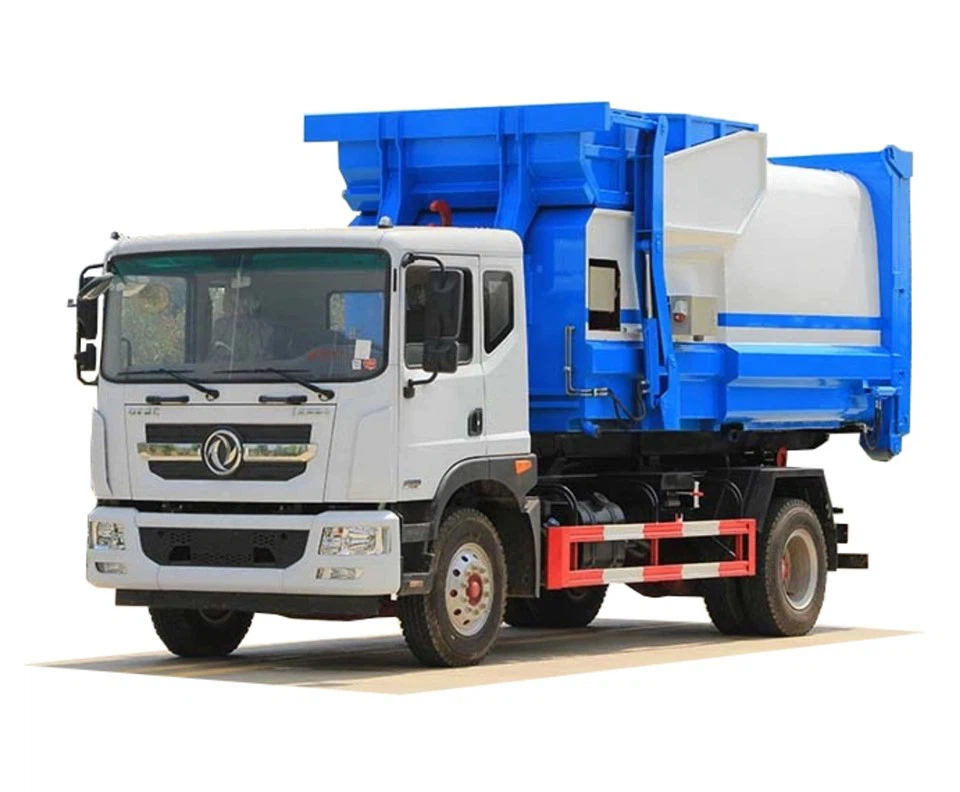How Much Does a Cement Truck Hold? Understanding Capacity and Applications

Cement trucks play a crucial role in the construction industry, delivering concrete to job sites efficiently and effectively. One of the most common questions asked regarding cement trucks is, “how much does a cement truck hold?” Understanding the capacity of these vehicles can help you make informed decisions about your construction projects. In this article, we will explore different types of cement trucks, their capacities, practical applications, and much more.
The Basics of Cement Trucks
What is a Cement Truck?
A cement truck, also known as a concrete mixer truck, is a specialized vehicle designed to transport and mix concrete. These trucks are essential for delivering ready-mixed concrete to various construction sites, from residential projects to large-scale commercial developments.
How Cement Trucks Work
Most cement trucks have a rotating drum mounted on the back, which continuously mixes the concrete as it is transported. The drum’s movement ensures that the concrete remains workable and does not set before reaching its destination.
Types of Cement Trucks and Their Capacities
Standard Cement Trucks
Standard cement trucks typically come in various sizes, with capacities ranging from 6 to 14 cubic yards. The most common size used in residential and commercial projects is 10 cubic yards.
Capacity Chart for Standard Cement Trucks
| Truck Type | Capacity (Cubic Yards) |
|---|---|
| Small Truck | 6 – 8 |
| Medium Truck | 9 – 11 |
| Large Truck | 12 – 14 |
Mini Cement Trucks
Mini cement trucks are compact vehicles designed for smaller projects and tight spaces. They typically hold between 3 and 5 cubic yards of concrete. These trucks are perfect for residential driveways and small repairs.
Volumetric Cement Trucks
Volumetric cement trucks are unique because they can mix and deliver concrete on-site. These trucks can hold dry materials that are mixed with water at the construction site. They usually have a capacity ranging from 8 to 12 cubic yards.
Specialized Cement Trucks for Large Projects
For large construction projects, such as highways and skyscrapers, specialized cement trucks can be deployed. These trucks can hold up to 16 cubic yards or more, allowing for a faster and more efficient concrete delivery process.
Factors Influencing Cement Truck Capacity
Project Size and Scope
The size and scope of the construction project often dictate the type of cement truck needed. Larger projects typically require higher-capacity trucks to reduce the number of trips to the site.
Concrete Mix Design
The specific mix design can also affect the capacity needed. For example, lightweight concrete mixtures may allow for a higher volume delivery.
Local Regulations
Local regulations regarding vehicle size and weight limits can influence the maximum capacity of cement trucks allowed on specific roads and job sites.
Practical Examples of Cement Truck Usage
Residential Projects
In residential construction, projects such as pouring a foundation or building a driveway typically utilize standard cement trucks with capacities of 10 cubic yards. For smaller projects, like patching a sidewalk, mini trucks with capacities of 3 to 5 cubic yards may be more practical.
Commercial Projects

Commercial applications often require larger amounts of concrete. A 12 to 14 cubic yard truck is typically ideal for pouring large slabs, such as those found in parking lots or commercial buildings.
Highway and Infrastructure Projects
In highway construction, specialized cement trucks can be utilized to rapidly supply concrete for paving and other essential infrastructures. These trucks may deliver 16 cubic yards or more, ensuring efficiency in large-scale projects.
Tips for Choosing the Right Cement Truck
Assess Your Project’s Needs
Before renting or hiring a cement truck, assess your concrete requirements. Consider the volume you need and the type of project you are undertaking.
Consult with Professionals
Speak with construction specialists or concrete suppliers to determine the best type of truck for your needs. Their expertise will guide you in making the right decision.
Plan for Access
Make sure the construction site has adequate access for the cement truck. Some larger trucks may not fit in tight residential areas.
Review Local Regulations

Check local guidelines regarding concrete delivery, including weight limits, road access, and parking regulations.
Cement Truck Operational Expenses
Fuel Consumption
The fuel efficiency of cement trucks can vary significantly based on size and load. Smaller trucks may consume less fuel than their larger counterparts. Generally, a standard cement truck averages 6 to 8 miles per gallon.
Maintenance Costs
Regular maintenance is essential for cement trucks, especially those that handle heavier loads. This includes inspections, brake servicing, and drum maintenance to ensure optimal performance.
Labor Costs
Consider labor costs associated with operating cement trucks. Skilled drivers can affect the overall efficiency and safety of concrete delivery.
Safety Considerations with Cement Trucks
Driver Training
All cement truck drivers should undergo comprehensive training to handle the unique challenges posed by mixing and delivering concrete.
Site Safety Procedures
Establish safety protocols for the construction site, including proper communication procedures to guide the cement truck as it backs up or maneuvers within the area.
Equipment Checks
Regularly inspect and maintain the equipment on the cement truck to prevent accidents and ensure a safe delivery process.
FAQ Section
1. How many cubic yards can a standard cement truck carry?
A standard cement truck typically carries between 10 to 12 cubic yards of concrete, depending on the specific model.
2. Can a cement truck hold more than 14 cubic yards?
Yes, larger specialized trucks can hold up to 16 cubic yards or more, suitable for extensive commercial and infrastructure projects.

3. What is the difference between a regular cement truck and a volumetric truck?
A volumetric truck can mix concrete on-site as it transports dry materials, offering flexibility that standard cement trucks cannot provide.
4. How do I determine how much concrete I need for my project?
To determine the amount of concrete needed, calculate the volume of the area to be filled, using the formula: Length × Width × Height = Volume (in cubic feet), then convert it to cubic yards.
5. What should I consider when planning for a cement truck delivery?
Consider project size, access to the construction site, local regulations, and the specific concrete requirements of your project.
6. Is there training available for cement truck drivers?
Yes, many organizations offer specialized training programs for cement truck drivers, focusing on safety and operational efficiency.
